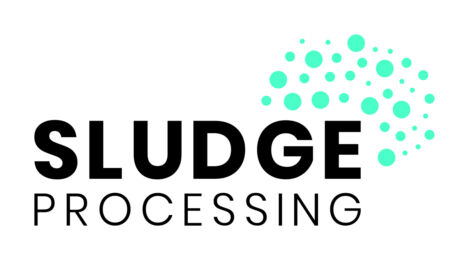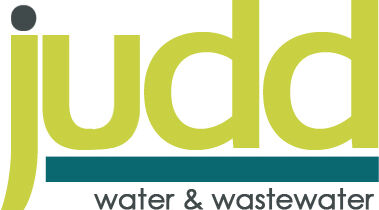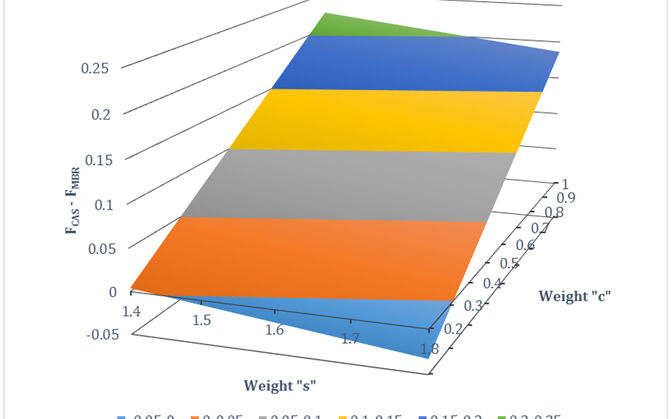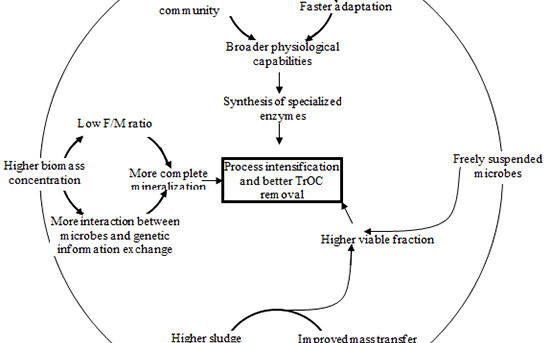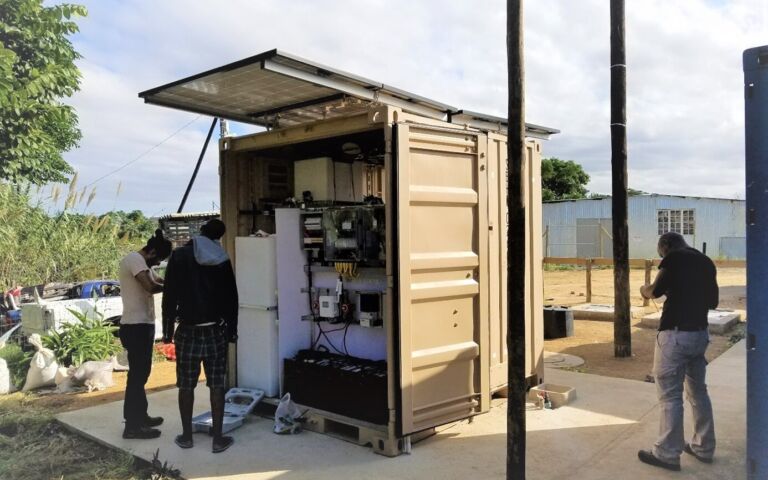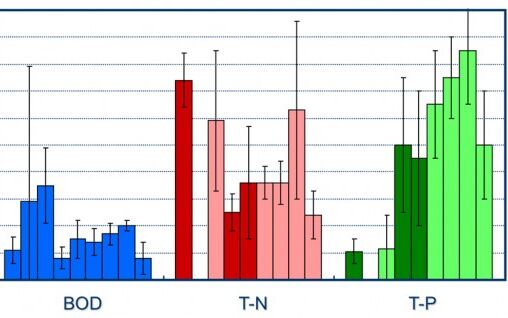Anaerobic MBRs

About anaerobic MBRs
The vast majority of the membrane bioreactors installed across the world are the classical biomass separation type, where the membrane is used to separate the clarified water from the biological solids from an aerobic biological treatment process. However, there are exist a few possible technical variations:
Anaerobic MBRs
Anaerobic vs aerobic MBRs
The application of membrane separation of the biomass from an anaerobic process, as opposed to an aerobic process, was first conceived and implemented in the late 1980s as the 'ADUF' process (Anaerobic Digestion − Ultrafiltration), configured as a sidestream MBR (hence 'AnsMBR').
More recently, the immersed configuration (AniMBR) has been implemented (see Case study: Ken's Foods).
Although the AniMBR technology has been subject to extensive research (see Feature: Immersed anaerobic MBRs: are they viable?), the implementation of AnMBRs has been limited to a few industrial effluent applications where the high organic carbon concentrations make the process energetically favourable. This appears to be partly because of the highly fouling nature of the anaerobic biomass, reducing the membrane permeability and thus the permeation energy demand and/or membrane area requirement.
The anaerobically-treated effluent also normally demands further treatment for removing the nutrient content, since anaerobic processes provide little or no nutrient removal. The key advantage offered by the membrane separation of a high-clarity water is thus lost if further biological processing for removing the nutrients is required.
Available information suggests that AnsMBRs can provide a COD rejection of 99% or more, the % removal increasing with increasing feedwater concentration, and achieve a flux of 15−30 LMH for a range of food effluent applications.
Operating conditions (crossflow velocity, CFV, and transmembrane pressure, TMP) appear to be similar to those employed for an aerobic sMBR, with a reduction in the CFV producing a corresponding reduction in the sustainable flux. This being the case, the value offered by anaerobic as opposed to aerobic treatment by a conventional sMBR is determined by the balance of (from the perspective of the anaerobic option):
- the OPEX benefit of the methane generated, which is then proportional to the difference in the feed and permeate COD concentration
- the OPEX benefit of the reduced process aeration (assuming all other aspects of the anaerobic and aerobic biological process OPEX to be similar)
- the OPEX benefit of the reduced sludge production
- the OPEX penalty of the increased specific energy demand for the membrane filtration (which is proportional to the flux)
- the CAPEX penalty associated with the larger membrane area demanded by the lower flux, and
- the overall cost penalty of supplementary downstream nutrient and residual COD removal, if required.
Since flux does not appear to be a function of loading, the anaerobic MBR option − as with the classical treatment − becomes more viable at higher loadings. This arises from a combination of the calorific value (CV) of the methane generated (1) and the reduction in process aeration (2), both of which are roughly linearly related to the COD (as is the proportional reduction in sludge (3)). The OPEX penalty (4), for a pumped sMBR, roughly equates to the permeability, whereas the CAPEX penalty is inversely proportional to the flux.
It is because of the significant OPEX penalty that there has been recent interest in the immersed configuration (the aniMBR), which consumes less energy for permeation and for which scouring can potentially be provided by the generated biogas. Pilot-scale studies of this configuration, along with data from full-scale installations, suggest that aniMBR fluxes are generally in the range 4−10 LMH depending on the feedwater quality. There is also some indication from iHF studies that backflushing may significantly increase the sustainable flux.
There is a wealth of academic research into anMBR. Examples of commercial technologies include:
iMBR: ADI (Evoqua−Xylem, US)
sMBR: Memthane (Veolia, France).




